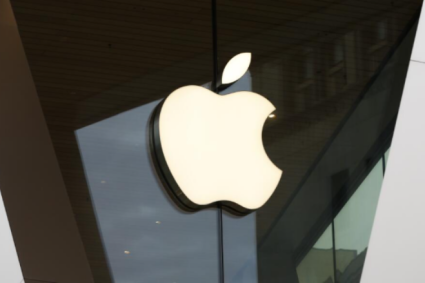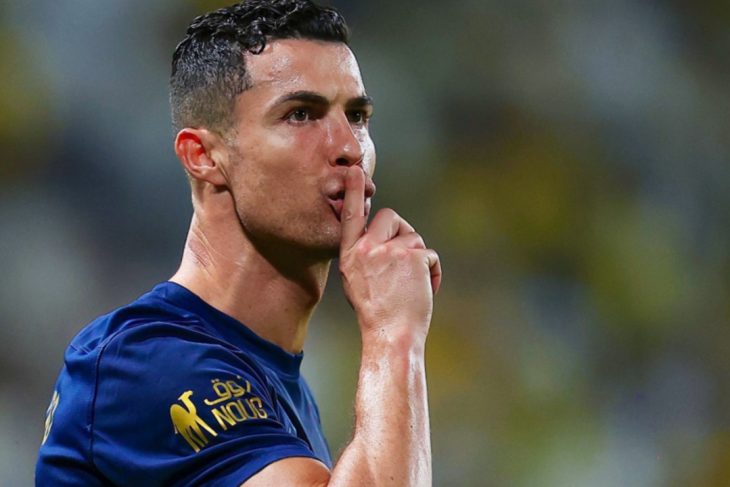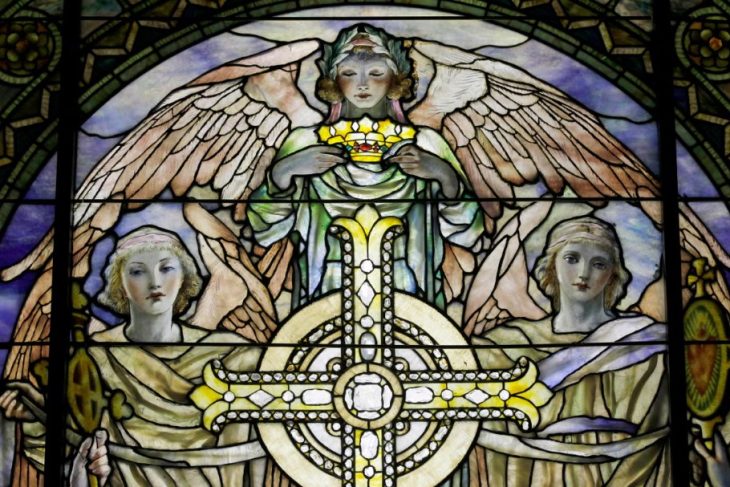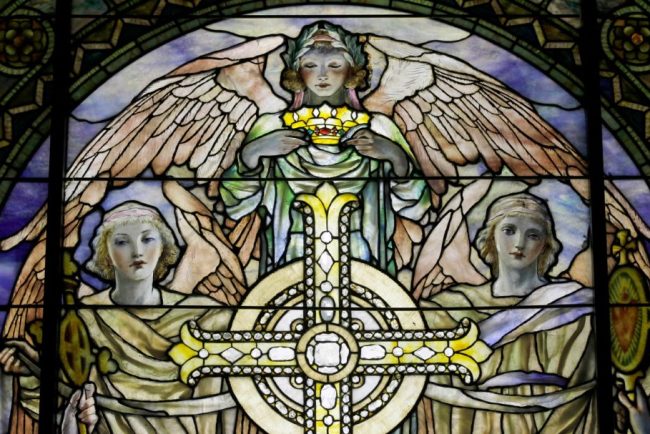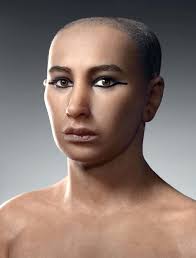
Tutankhamun stares at us through the millennia after scientists rebuilt his face, revealing a pharaoh that looks like more like a ‘young student’ than a king.
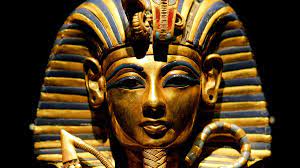
His features were brought to life by an international team of academics from Brazil, Australia and Italy using a digital model of his mummified skull.
The reconstruction reveals the youthful and ‘delicate’ visage of a king who was still a teenager when he died more than three thousand years ago.
Brazilian graphics expert Cicero Moraes, who co-authored the new study, said: ‘To me he looks like a young man with a delicate face.
‘Looking at him, we see more of a young student than a politician full of responsibilities, which makes the historical figure even more interesting.’
The famous ‘boy king’ was discovered along with dozens of incredible treasures by British archaeologist Howard Carter in November 1922 in Egypt’s Valley of Kings.
Because the international team did not have direct access to the pharaoh’s skull, completing the new model was especially challenging.
Thankfully, previous studies had already recorded the skull measurements, and published reference images.
Mr Moraes said: ‘It was a detective work, where traces of information were concatenated [linked together] in order to provide us with a three-dimensional model of the skull.

‘With the proportion data and some important cephalometric measurements, it was possible to take the digital skull of a virtual donor and adjust it so that it became the skull of Tutankhamun.’
From there, Mr Moraes said, they recreated ‘the size of the lips, the position of the eyeballs, the height of the ears and the front size of the nose’.
‘All of these projections are based on statistical studies that were performed on CT scans of living individuals from several different ancestries,’ he said.
Markers were then applied to the skull indicating the thickness of soft tissues in various places, using data from modern Egyptians as a guide.
With these and other techniques, the face was gradually rebuilt into an objective reconstruction.
Subjective elements like eye colour were then added to further humanise the subject.
It’s not the first time scientists have tried to rebuild the likeness of the young pharaoh – another attempt was made in 2005.
Michael Habicht, an Egyptologist and archaeologist at Flinders University in Australia, who co-authored the new study, noted the startling resemblance between the two reconstructions.
He said: ‘Our reconstruction is amazingly close to the one made by a French team a few years ago.
‘It also corresponds with the ancient depictions of Tutankhamun, especially with the head on the lotus flower from his tomb treasure.’







